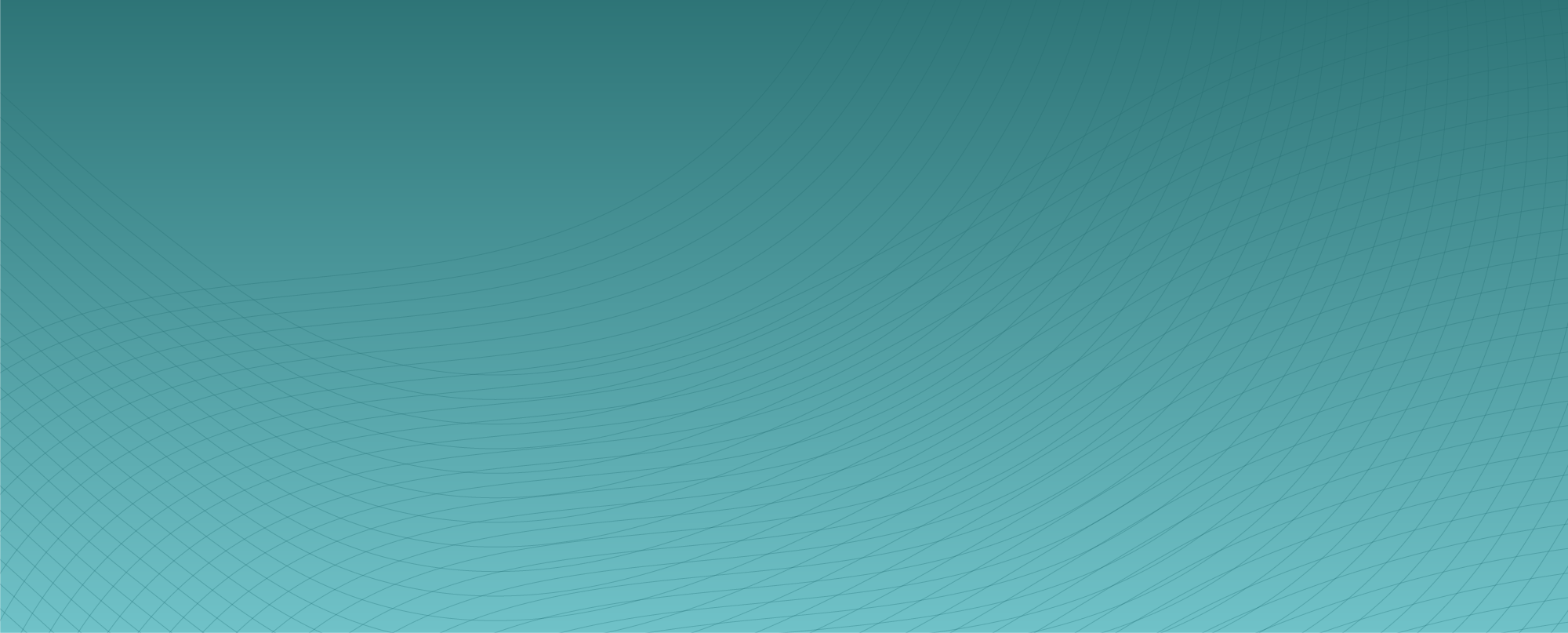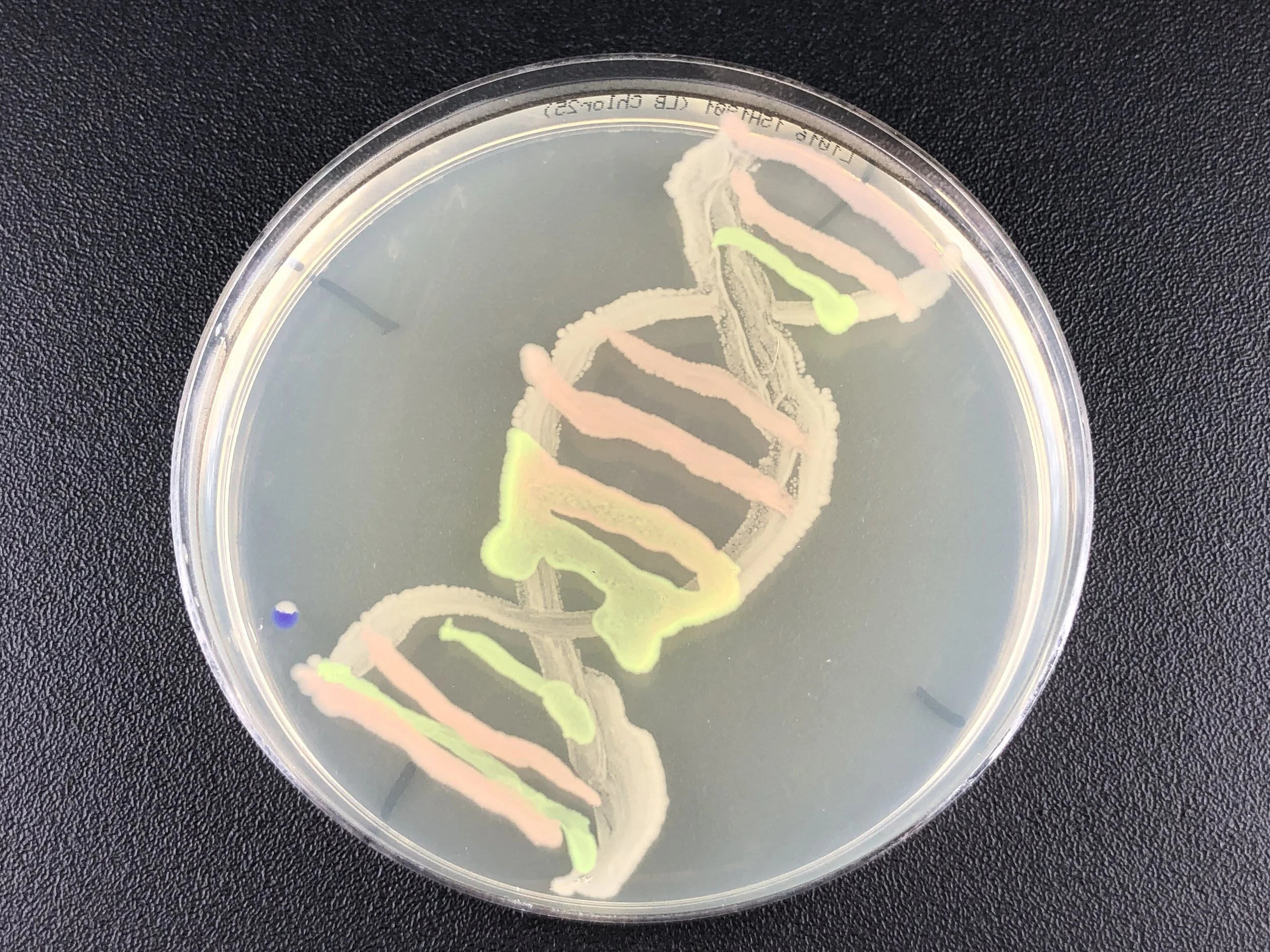
Talks, Panels, & Breakout Sessions
Throughout the weekend, Bio Summit will be live on Zoom!
Find a full list of events, organized by date. Or, sort by subject or type by clicking the links below.
To find each events’ Zoom links, please click on the event you’d like to attend.
Events are being added every day, and the full schedule will be coming soon!
Click below to see each day’s events in a Google Doc
Friday, Jan. 27 | Saturday, Jan. 28 | Sunday, Jan. 29
Click below to see events by subject track
- Ancient Future Technology 2
- BioArt & Design 14
- Building Diverse & Inclusive Communities 7
- Closing Session 2
- Communicating Science 1
- Diversity & Inclusion 1
- Environmental Stewardship 1
- Governance 16
- Learning & Education 7
- Open Innovation 6
- Plenary 17
- Regional Meetings 1
- Responding to Global Health Challenges 1
- Workshop 18
- Youth in Science 1
Click below to see events by type
- Ancient Future Technology
- Bio Art & Design
- Bio Creation Station
- Building Collaborations
- Building Diverse & Inclusive Communities
- Diversity & Inclusion
- Environmental Stewardship
- Global Health Challenges
- Governance
- Learning & Education
- Open Innovation
- Opening
- Plenary
- Regional Meetings
- Sharing Resources
- Workshop
- Workshops
- Youth in Science
Click below to enter Zoom Rooms
Throughout the weekend, all events will be held in parallel zoom rooms. We refer to these rooms by the names of organelles in a cell! You can click on the organelles below to enter their corresponding Zoom room, or copy the link into your browser.
Note: All times are shown in Eastern Time.
To find your time zone, use this handy time zone converter!

Work in progress - a network support system
by Roudlotul Jannah, Science Communication Steering Group - iGEM Community
Abstract: It is a peer support network for people doing science. A safe space where anyone can turn to when they need someone to talk. Believing that sharing of stories has the power to influence and inspire will not only encourage conversation about the necessity of mental health and balance in research but also will serve as a way to bring people closer together by sharing universal human experiences.

Working with the Open Yeast Collection
by Scott Pownall, Open Science Network Society, USA
Abstract: In this webinar you will learn what the Open Yeast Collection is and how to work with it to accomplish your goals. You will learn what the collection provides and what you have to bring to the table to create solutions to your goals. Many of the concepts in this webinar also apply to working with the Open Bioeconomy Lab’s Open Enzyme Collection, Open Reporters and E. coli Protein Expression Kit, also included in the 2022 iGEM Distribution. This webinar is suitable for all participants interested in innovation using synthetic biology.

Exploring the future of biodesign through interactive play
by Jimena Segura
Abstract: This workshop is aimed at young people, STEM educators who want to know and explore how they can implement the game with educational kits to explore the future of biodesign with biomaterials. Providing interactive dynamics and understanding the real dimension and impact if we introduce young generations to these topics.

Design a Collaboration Stack for Global Self-Governance
by Day Waterbury, Consensual Ventures, USA
Abstract: In this participatory workshop/exploration we will begin from first principles and emerge with a rough outline for a Collaboration Stack for Global Self-Governance. We will identify certain features and functions it must have, and others which it must not have. We start with the goal of global healing and regeneration: Assuming a set of values or desired outcomes, we have to make sense of where we are and what dynamics are in play in order to make an actionable plan that will move us in the direction of those outcomes. This is a fundamental prerequisite of getting oriented before setting out on a journey. We take the lay of the land and find our north star and, as David Ehrlichman points out in Impact Networks, we "plan for emergence". We will absolutely run into unanticipated challenges and opportunities along the way, so this isn't about an exhaustive mapping exercise. The important thing is to begin, and the first step in beginning, is sensemaking. It isn't really linear because this is also an ongoing activity that is a part of every subsequent step along the way. We can feel the ground under our feet and we make adjustments as necessary, a little this way or that for mud or gravel or a root we just noticed. This is about being agile and ready to respond.

Digital infrastructure for operating an autonomous shared lab space guided by member consensus
Digital infrastructure for operating an autonomous shared lab space guided by member consensus by Danny Chan
Abstract: The exact circumstances that will constrain a community lab are unique to the founders’ resources (eg, social, fiscal, material) as well as the members of the lab at any given moment. In a community lab with the value of autonomy (possibly coded as self-sustaining, independent, etc), members will need a space where conflicts can be resolved openly. Furthermore, a mechanism to identify how shared resources are used create an opportunity for more advanced collaboration. Transparency regarding the shared resources helps to hold gatekeepers accountable for the implementation of consensus. This is the model of an autonomous lab that is exemplified by Biotech Without Borders (BwoB), a community based in NYC. In this workshop participants will make a decision via consensus through 2 key software platforms that are used at Biotech Without Borders. Participants must create accounts on these software spaces and will participate within the BwoB structure. The first software is Loomio, a decision making software developed for and by cooperative businesses that enables users to discuss and ultimately vote on proposals asynchronously. The second is Open Collective, a financial tool that allows contributions to be collected in transparent budgets and dispensed as appropriate.
INSTRUCTIONS: https://drive.google.com/file/d/1Ss69cpvR_cvYPg1xNXLAMAUKdaFeRryf/view?usp=sharing

Thinking Without a Brain: Biomaking Exploration with Slime Mold
Thinking Without a Brain: Biomaking Exploration with Slime Mold by Alisha Collins (Director of Creative Learning, Brilliant Labs), Nirosha Murugan (Algoma University) and Will Collins (Director of Bio-Innovation, Brilliant Labs)
Abstract: Let's investigate ways to engage brainless organisms, such as a slime mold to make decisions and solve mazes. Physarum polycephalum-slime mold can effectively find the shortest route through a maze. What if we could collaborate with them for problem-solving and devising better-networked systems?

Yeastograms
Yeastograms by Guenter Seyfried, pavillon_35, Austria
Abstract: Yeastograms are living pictures carved with UV light into yeast cultures in petri dishes. In the workshop, participants learned how to grow these organisms into shapes using stencils the participants made on their computers. In a follow up online event the group discussed the results and analyzed the parameters accordingly; for example, how to adjust the yeast concentration to the size of the halftone pattern of the stencil and other fine details. In the reflection it was also possible to consider new applications using the principles of the Yeastogram method on mycelium, scoby and many more things. Günter Seyfried and Lucas Czjzek developed the Yeastogram method, which was used for components of Czjzek’s artwork Anima, trying out many setups to tease out the envisioned aesthetic quality. The recipe was published in 2013 and introduced as a “new” form of handcraft in artistic and scientific communities and ultimately to a wider public.

Knitting Water
Knitting Water by Laura Rodriguez, Bioartist, Mexico/Netherlands
Abstract: Can we encapsulate stories? Can we catch the water with our hands?
These are sculptures that represent specific times, tales and conditions of the vital element of water. Each participant will create strings of alginate encapsulating the water sample they collected and create a story or reason behind the object according to the collected data or the subjective importance of this water sample for the subject. We will knit with bio-strings made of alginate, as a bioplastic.
MATERIALS NEEDED: https://drive.google.com/drive/folders/19-No-YYE6ZoyMmTQw-klffYh5d9vpBdY?usp=sharing


KombuCHACHA
by Darin Lobo, Ediblemakerspace, Singapore
Abstract: Join in for an exploration of biomaterials and microbial buddies. We will be having a showcase of our journey at Ediblemakerspace testing and developing biomaterials. We will also be unveiling many crazy ideas that may or may not work including our latest creation the infinite scoby machine.

Zine Making: My Science Story!
Nora E Jameson, University of Maryland School of Public Health, USA

Backyard eDNA Analysis
by Jan-Maarten Luursema, Nutshell Biohub, the Netherlands
Abstract: Environmental DNA collection and analysis can be a powerful tool to learn more about the amount and diversity of life in your environment, and how this changes over time. I have created two passive tools for eDNA collection. In this workshop I want to demonstrate and share these tools; discuss scenarios for their use; and design robust and affordable protocols for analysis of the samples.

New Funding Mechanisms
by David Lang, Experiment Foundation, USA
Abstract: There are new funding sources and mechanisms emerging to fund community bio projects and tools. This workshop will focus on two specifically: crowdfunding and (small) fast grants. David Lang runs the Experiment Foundation which currently has more than $1M in fast grant funding available for projects (including community bio and frugal science tools).


Circular Dining
by Christopher Maurer, redhouse, USA, Armando Canas, redhouse, USA, Chef Jeremy Umansky, Larder Delicatessen, USA, Jennifer Lumpkin, MyGrowConnect, USA
Abstract: Agricultural and food service waste account for a huge amount of the carbon that leaves the soil and enters the atmosphere. Composting table scraps is a great way to return carbon to the soil but all too much is let to decay. Biofabrication may be able to help mitigate waste by creating circularity in resources and fixing carbon for return to soils. In this performance piece we will harvest mushrooms from a living mycelium block. Our chef will then cook the mushrooms while our biofabricators convert the mycelium waste into dinnerware like plates and cups to serve the food to the workshop participants. The whole process will take less than a half hour and the rest is Q&A and dining.

Bioprinting as an alternative to save the world
by Benito Juarez, Fab Lab Peru, Peru
Abstract: 3D cell bioprinting is a cutting-edge technology to create living tissues such as blood vessels, bones, cartilage or skin. It is based on the additive manufacturing technology of 3D printing. That is, three-dimensional cellular structures are generated by layer-by-layer addition of a material without the need for a mold. The material that is added layer by layer is called bioink. Its application has spread to sectors such as pharmaceuticals, dermocosmetics and food.









